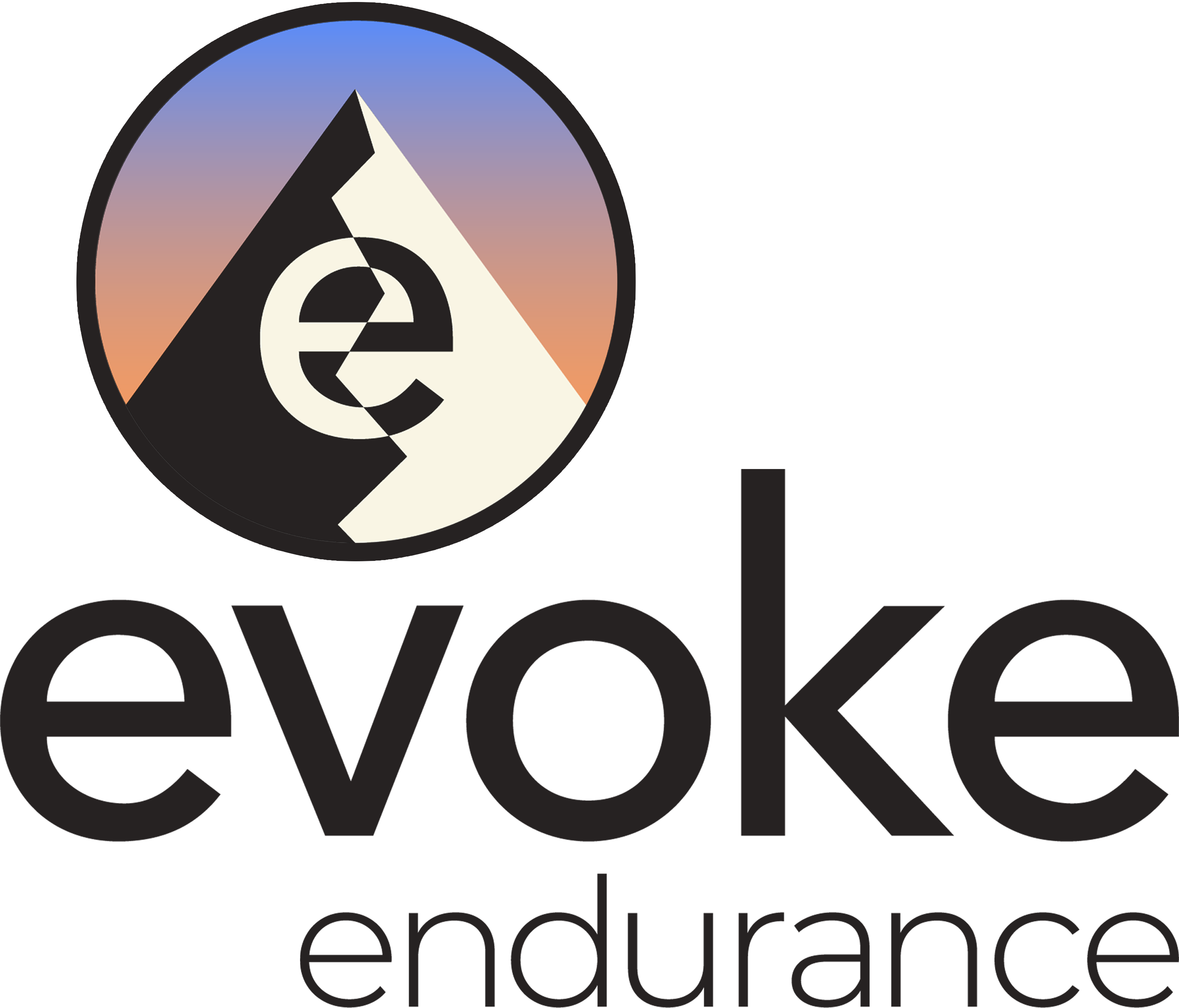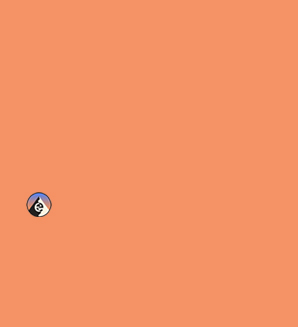– Erika Flavelle
“What is your sleep strategy? “a fellow runner asks me……
It is Sunday, September 10th, 2023. I am at the start line of the longest race of my running life – Tor de Geants—a 330 km and 24,000m elevation gain and loss ultra-marathon in the Aosta region of Italy. The goal is to finish under 130 hours to qualify for the 450 km (35,000m +) Tor du Glacier in 2024 and finish.
What is my sleeping plan, and how will my body and mind respond? What is my plan overall?
My strategy is to stay flexible and adjust as I go, as both conditions and my physical and mental body decide. I am used to this as a guide, so let’s see if it works.
I also have multiple sleeping ideas, but as this is an entirely new experience for me to go for multiple days with very little sleep, going with the flow seems like the best and only option.
I know the forecast is for sweltering temperatures through the first two days. Multiple advice and suggestions from Jen Segger (one of Canada’s top adventure racers) come into my mind: travel at night, especially in lower elevations if the temperatures get too warm, sleep during the day, push through the first 48 hours with no sleep if you have to, try to time some of your bigger climbs for the cooler part of the day….
The Race
Here we go. 10 am start and straight into the heat of the day with a 1300m climb up from Courmayeur. I know I can fit 3 or 4 of these climbs in before midnight on day 1, and I am familiar with a small part of the first day’s course. Mentally, this is helping already. I try really hard to start slowly, as I know this is super important. I will need to spread my energy over the coming days. The first col is done, and here comes the grinding descent. Pace yourself, shuffle, don’t go all out on the descents. It will pay off in the long run.
And so it starts, up, down, up, down. My legs feel heavy even as I start up my third climb to Col Crosatie. How is this possible? I finished hiking the entire 450 km course over two weeks, ten days before the race. I did nothing during my taper other than eat and sleep. I push on with a pace my body will accept, one step at a time. Suddenly, a cramp comes on in my left inner thigh. I am only about 7 hours into the race – what is going on? I realize I have had no electrolytes yet today. So I force myself to sit down and drink half a liter of Nuun and eat the only bar and gel I consumed throughout the race. Start slow and see what happens. It works. Up and over the Col and into the cooler part of the day and night. This will turn out to be physically the most challenging part of the race for me as my legs only got stronger during the coming days (it is after the race I realize I should have flushed my legs the day before the race with a quick run or hike).
I continue to travel through the first night feeling good and arriving at my first sleep opportunity about 80 km into the race during the early hours of Monday morning. I know Col Loson is coming up, and it is one of the biggest climbs of the course. I decide to push on and see what happens. I make the almost 2,000m climb at my regular uphill speed of 500-600m an hour. Yes, my legs are back.
Around this point, I text my husband, Scott Flavelle (adventure race course designer and a mountain guide). I ask him to break the race course down for me into 12–16-hour legs, where my next possibility is for sleep (either refuges or bigger life bases in the valleys) based on the speed I just traveled over the past 24 hours. I also ask for the exact elevation gains and losses for the upcoming climbs and descents. He sends me a simple timetable once a day. I rarely look at distances on my watch, but with his information, I have a good idea of how long to the next point of sleep and food. I mainly look at my altimeter and the pace I am going. Walk with purpose is another of Jen Segger’s pieces of advice. This is working for me. If you are slowing down to 1 km/h, you need to sleep. I am not there yet, and I push through to another Base Vita (a major aid station where runners reconnect with their duffel bag) at Cogne.
I have a really good break here and continue to have no stomach issues with real food. At this point, I know if I go into night 2 of no sleep, I can make it to Donnas, the lowest and hottest part of the course, at about 150 km, just around midnight. Perfect. The heat is relentless, and I make sure to drink mineral salts or electrolytes regularly. My bottles have filters, and I can fill them anywhere. I never pass up an opportunity to do so. I pass the beautiful Lake Miserin and make sure I have a good break with lots of coffee at Refugio Dondena. Down, down now for at least 6 hours of technical, rocky, slippery trails, but the night is helping. Just keep moving forward, focus on your feet, focus. Finally, Donnas Base Vita around 1 am
Tuesday morning.
Get my yellow bag.
Don’t waste time – go through the steps.
Eat real food before sleep (this helps the body digest it while sleeping), clean up, foot care, charge electronics, repack my racing vest, and sleep. How much sleep? I decide 2 hours will do. I want to leave around 4 am at the latest to use the cool part of the morning to get out of the heat of this valley. I have noise-canceling earbuds in (the best piece of equipment I brought), and I get excellent quality deep sleep. I have no major issues other than a few blisters; otherwise, I feel great.
More food before I depart.
With Scott’s daily course breakdown help, I plan to push on to Gressoney Base Vita. I should be there sometime around 11 pm. I am still trying to keep my body on a bit of a schedule – sleep at night and start early in the morning as a morning person. I know significant parts of this race course section, and familiarity feels good. I make sure I stop at every aid station and Refugio for food and drink. At this point, I drink coffee and Pepsi most of the time and small angel food-like cake I can easily digest. I try to have a bowl of soup with pasta or some polenta every 5-6 hours if possible.
 I start the very runnable descent into Gressoney as the darkness comes. All is going as planned. I arrive just before midnight on night 3. I hope to have 2 hours of sleep at the Base Vita here. I am 200km through the course. The plan is working: more sleep in the first part of the race and less later, or just see how I feel, but I do not have the same deep sleep as in Donnas here. I just lay on the sleeping cot with my legs elevated for 2 hours, unable to sleep. I get up and go, feeling fine physically, but for the first time, I feel sleep-deprived.
I start the very runnable descent into Gressoney as the darkness comes. All is going as planned. I arrive just before midnight on night 3. I hope to have 2 hours of sleep at the Base Vita here. I am 200km through the course. The plan is working: more sleep in the first part of the race and less later, or just see how I feel, but I do not have the same deep sleep as in Donnas here. I just lay on the sleeping cot with my legs elevated for 2 hours, unable to sleep. I get up and go, feeling fine physically, but for the first time, I feel sleep-deprived.
I crawl my way up to Col Pinter in some rain with the sound of a thunderstorm. So, this is how it feels. There are constant thoughts of sleep and searching for places to curl up and sleep. This is not an option right now, and I must make it to Champoluc. Problem-solving is what I have done all along. Use the bad weather as a tool to stay awake. I purposefully don’t put extra clothes on to stay cooler. It is working. I feel delirious, so I start biting my inner cheek, and the pain helps keep me going. Stop thinking about sleep. Daylight comes, and I am over the pass. Run when you can – this will keep you awake as well. I make it to Champoluc and decide an hour of sleep will do. This is also where I make a change in my future planning. From now on, I will sleep in the smaller aid stations and refuges. Unlike the big Base Vitas, the volunteers will wake you up. It is also quieter and cooler. I have a deep 1 hour sleep. I learn this gives me about 9 hours of good energy.
I make it to Valtournenche by mid-afternoon on Wednesday, and a friend meets me here. I can barely recognize him at first, but getting a hug and just having someone help me get organized is amazing. I can just focus on eating. I decide to keep going as it is too early in the day to rest. I know I have few options of refugios to stop at. I can barely make it up the first climb. I have to sleep. I just had a two-shot espresso, but I am almost delirious. I will give myself 1 hour. I got to sleep deeply again, and I feel good. It is working. Into the misty night, I go—3 hours to the next refugio. I decide to have another quick 45-minute sleep. Up and go. Time does not matter anymore. Listen to the body and mind. These two sleeps pay off in the long run. I make it to the next small Base Vita at Oyace in the early morning of Thursday, take a 20-minute nap, eat, and go. I only have three more climbs and three more descents. I feel physically and mentally fine. What day is it?
 I make it to Refugio Frasatti below Col du Malatra (the last Col of the race) just around 1030 PM on Thursday evening. I am about 5 hours from finishing in Courmayeur. I could keep going as it is not raining right now. I don’t feel sleepy, but I know now that the sleep deprivation lows get lower and are very sudden as the race continues. Another 45-minute sleep will help me finish strong without feeling like a zombie. It works again. I am still climbing strong and enjoying the beautiful descent from Col Malatra into the stillness of the night. Here comes the rain. I am grateful for my earlier decision as the trail turns into a slippery, muddy, rocky path. Focus on feet is the mantra again.
I make it to Refugio Frasatti below Col du Malatra (the last Col of the race) just around 1030 PM on Thursday evening. I am about 5 hours from finishing in Courmayeur. I could keep going as it is not raining right now. I don’t feel sleepy, but I know now that the sleep deprivation lows get lower and are very sudden as the race continues. Another 45-minute sleep will help me finish strong without feeling like a zombie. It works again. I am still climbing strong and enjoying the beautiful descent from Col Malatra into the stillness of the night. Here comes the rain. I am grateful for my earlier decision as the trail turns into a slippery, muddy, rocky path. Focus on feet is the mantra again.
Finish
I arrive at the finish line in Courmayeur in 114 hours, having had 5 ½ hours of sleep over five days at 4:30 am on Friday morning. My friend Yannick and the incredible volunteers who help run this race are here. The real heroes who feed us, wake us up and are kind at any time of the day and night. The journey for this year is over, and it is time to get some real sleep and recover. I finished. I finished 5th in my age category, 14th overall female, 110th out of 1,100 participants, and have qualified for the 450km race next year.
I would like to thank my friend and fellow runner, Sarah Hansel, for her amazing motivation and friendship, Kylee Toth for trusting me and her coaching, Jen Segger for all the invaluable advice over the years, my husband Scott for his incredibly accurate breakdown of the race course and mental support, and my wonderful friend Yannick who showed up at the perfect time, helped in many ways and gave me another reason to keep moving forward.





